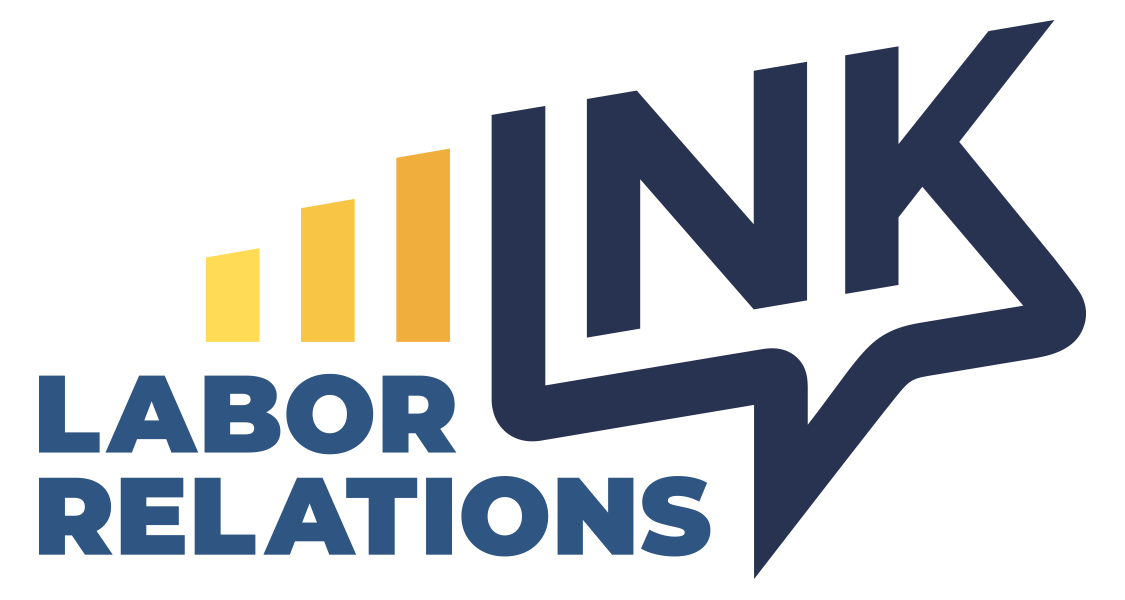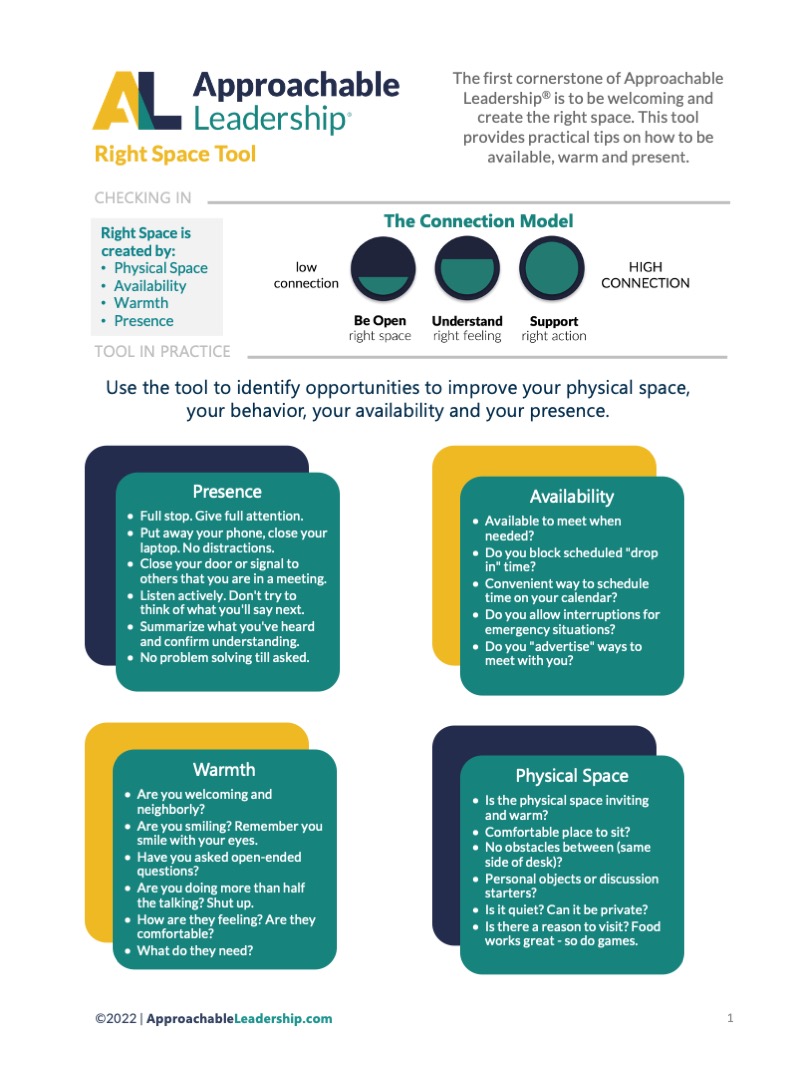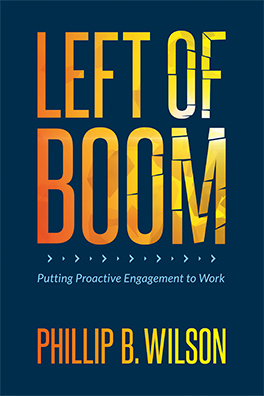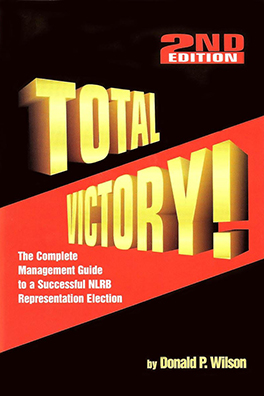Salting isn’t new. But the way unions are using it in 2025 feels like a remix, with mass applications, strategic ULP baiting, and coordinated PR pressure. We recently mentioned the increased use of overt salting in our article, ‘No Safe Zone for Progressive Employers,’ when reviewing some of the tactics behind modern salting campaigns.
Now, the NLRB is officially taking notice and catching up to the playbook.
On July 24, 2025, Acting General Counsel William Cowen issued GC Memo 25-08, updating investigative guidance for so-called “salting” cases. The bottom line? The days of assuming good faith just because a union-backed applicant checked a box are over.
And not a moment too soon.
What’s Going On
Salting is the practice of union members (often paid organizers) applying for jobs at non-union employers with the intent to organize from the inside. The tactic was upheld by the U.S. Supreme Court in NLRB v. Town & Country Electric, Inc. (1995), which held that even paid union organizers can qualify as “employees” under the NLRA.
But it’s also been exploited. Today’s salts often flood job portals with mass applications, some with fictitious details or résumés featuring skills like “applying pressure on employers” or “filing ULP charges.” That’s what this new memo is designed to address.
In GC Memo 25-08, Cowen directs Regional Offices to scrutinize these claims more closely: not every “application” is from a real job seeker, and not every rejection is a legal violation.
The Legal Framework: Toering Takes the Wheel
The memo relies on the Board’s ruling in Toering Electric Co. (2007), which set a two-part standard: to be protected under the NLRA, salts must (1) apply for a job and (2) demonstrate genuine interest in becoming employed.
That distinction is critical. The GC’s new guidance provides a roadmap for applying this standard during investigations.
Key Takeaways from the Memo
Here’s what the updated guidance changes in practice.
“Genuine Interest” Isn’t Just Claimed, It Has to Be Proven
Applicants must demonstrate an authentic desire for employment—not just use the application as a legal trap. The memo encourages Regional Offices to look for red flags such as:
- Vague work histories or missing references
- Résumés listing irrelevant or provocative “skills”
- Disruptive behavior during interviews
- Patterns of similar job rejections without explanation
These elements help determine whether the person is a real applicant or a legal plant.
Charging Party Bears the Burden (At First)
Under the memo, investigators must first gather evidence from the charging party before contacting the employer. This shifts the process away from automatic employer scrutiny and provides an early filter for weak claims.
No credible application? No case.
Mass Applications Are Under the Microscope
If a union representative submits applications on behalf of a group of individuals, investigators must now verify that each person has authorized the submission. This is a direct response to coordinated campaigns that flood employers with dubious applications.
If names are submitted without consent—or belong to people who never intended to work at the company—the Region is instructed to dismiss the case.
Backpay Isn’t a Given Anymore
Following the Board’s decision in Oil Capitol Sheet Metal, Inc., (2007), the memo reinforces that backpay must be affirmatively proven. It can no longer be assumed that salts would have remained employed indefinitely.
Regional Offices must consider:
- The individual’s personal situation
- Union goals and practices in similar campaigns
- Instructions given to salts
- Comparable employment durations from prior campaigns
Employers are encouraged to provide counterevidence to help mitigate potential liability.
Advice Division Will Get the Gray Area Cases
If investigators encounter close calls, especially those involving unclear intent or borderline behavior, they are now instructed to refer cases to the Division of Advice. That extra review layer should slow down questionable ULP filings and create greater consistency in how salting cases are handled.
Why This Matters for Employers
GC Memo 25-08 is the clearest signal yet that the NLRB is aware of the growing misuse of the salting tactic. It recognizes the difference between organizing and instigating. And it gives employers a firmer foundation for defending themselves, provided they follow best practices.
Employers should:
- Document hiring decisions using consistent, job-related criteria
- Train managers to remain neutral and avoid comments about union affiliation
- Apply qualifications uniformly across all applicants
- Flag patterns of suspicious mass applications early and notify counsel
Rejecting a salt is legal if the rejection is based on legitimate factors. This memo provides employers with more room to push back against fabricated claims, but only if their internal processes can withstand scrutiny.






